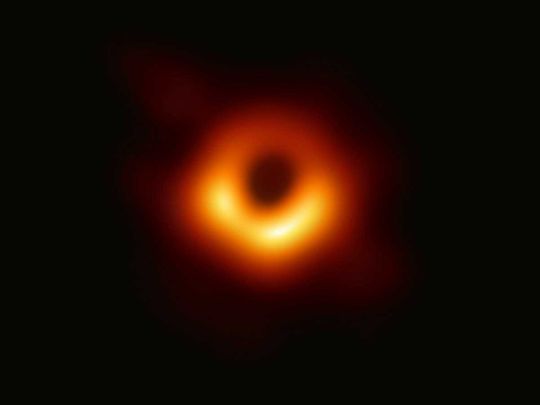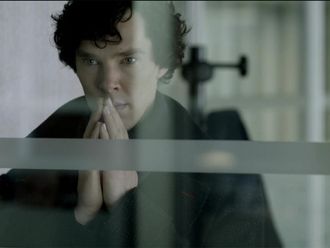
In 2019, scientists – and us regular folk – gaped in awe at a striking photograph captured by the Event Horizon telescope. It was the first ever image of a black hole, taken at the centre of the M87 galaxy, approximately 55 million light years from Earth.
Click start to play today’s Crossword, where you can find “black hole” in one of the clues provided.
As some of the most fascinating objects in space, black holes are regions of spacetime where gravitational attraction is so strong that not even light can escape it. Here are some other interesting facts about the phenomenon that will leave you awestruck:
1. They are not that rare
According to the US-based Space Telescope Science Institute, one out of every 1,000 stars is gigantic enough to become a black hole. So, our Milky Way galaxy alone could hold over 100 million black holes! One of the biggest spotted is Sagittarius A* - a supermassive blackhole located bang in the centre of the Milky Way’s spiral centre. It has a mass 4 million times larger than that of our sun, and lies about 26,000 light years away from Earth.
2. There’s one in our backyard
Called “The Unicorn”, the closest black hole to our planet is located about 1,500 light years away. It was given its unique name because the black hole is situated in the constellation Monoceros (which literally translates to ‘the unicorn’), and it has an unusually low mass (about three times that of our sun), which makes it one of a kind.
3. Some of them are known to emit sounds
According to US space agency National Aeronautics and Space Administration (Nasa), astronomers discovered something unusual in 2003. The black hole at the centre of the Perseus galaxy was sending out pressure waves that caused ripples in the hot gas surrounding it – and the waves could be translated into a note. Although this note was not one that human ears could pick up, Nasa recently released a new sonification, translating the note into eerie, cosmic music that we can now listen to! Scientists are also analysing the black hole in Messier 87 and generating a new sonification for its pressure waves.
4. Black holes are not cosmic vacuums
Contrary to popular belief, black holes do not suck in the space around them. Because of their strong gravitational field, objects are pulled in and continue orbiting the black hole. Companion stars may also shed some of their mass, and the materials get funneled into the black hole, while the remainder joins the event horizon. A Forbes article put it this way – don’t imagine the black hole as a vacuum cleaner. It’s far more accurate to think of it as “giant cosmic Cookie Monster”. Matter doesn’t get up ending neatly devoured, but rather spit out in all directions, thanks to acceleration from chaotic forces.
What do you think of this cosmic phenomenon? Play today’s Crossword and tell us at games@gulfnews.com.









